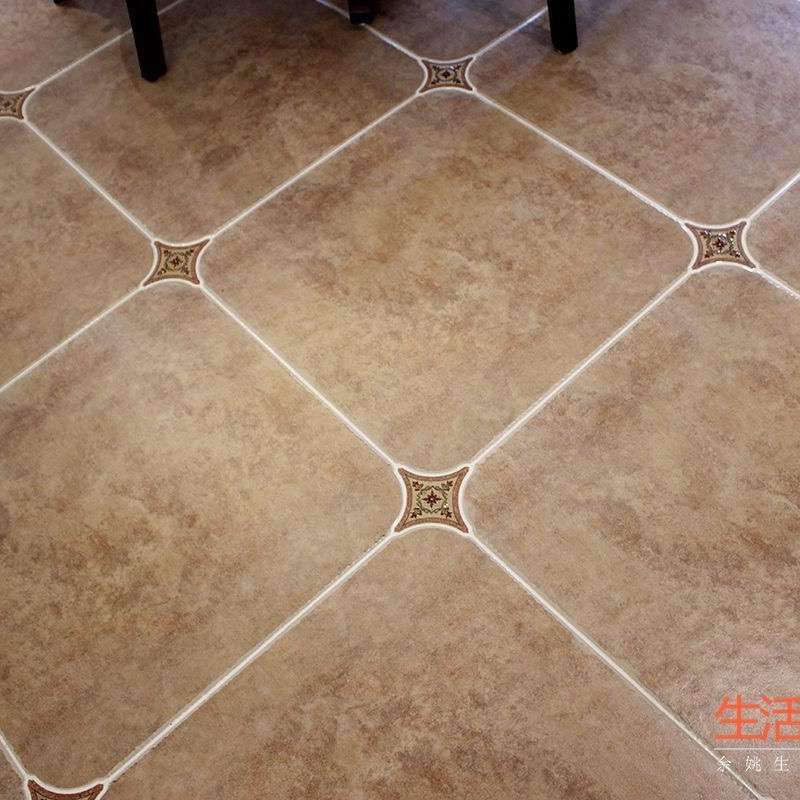Features and characteristics of sandblasted grout tiles and unpolished grout tiles
Features and characteristics of sandblasted grout tiles and unpolished grout tiles,
Grout is a mixture used to fill the spaces between tiles,
which also provides structural integrity and is the final look for tile work.
Grout tiles can be classified into two main types, namely, smooth and unpolished.
Sandy (fine) tile grout is a mixture of fine sand, while unpolished grout is sand-free.
Both types have many overlapping uses in tile projects,
but knowing the differences is essential to help choose the best one.

Sandy grout tiles (fine)
Sand grout tiles are made of Portland cement, silica sand, inorganic aggregates, and chemicals.
This type of tile is used to apply wider lines, over 0.125 inches.
This type of tile cannot be used for scratchy surfaces, as the build-up of grit makes it more porous.
It is therefore finally sealed with a pH-neutral, water-based sealant.
Grout is the best option for tiling horizontal surfaces such as floors,
and is less expensive than unglazed tiles, because the sand used to make it is cheap.
It has different color options, and it does not shrink thanks to the presence of sand that helps hold the plaster together.
Sandblasted plaster offers different color options.
It is also less prone to cracking, which makes it very durable,
and it tends to be handy for craftsmanship because it is used where surface scratches are not a concern.

Unpolished grout tiles
It is a fine mixture of Portland cement, powdered pigments and water,
and does not contain fine sand.
It is best for fine grout lines, less than 0.125 inch.
Since it has no combined fillers, it is used for stretchable surfaces such as ceramics, glass, metals, natural stones, etc.
When compared to fine tiles, we find that it is not porous, since it does not have fine aggregate,
and therefore, grout sealing is not required for every application.
But it is good for tiling vertical surfaces such as walls; it is expensive because it uses expensive polymers.
This tile has fewer color options than polished grout, but it does shrink once it dries.
It is also prone to cracks when used on floors subject to high pressure.
However, it is used for easily scratched surfaces, so its installation requires professional expertise.

Generally, sandblasted grout tiles are the best choice for indoor flooring installations
because they are more durable and can handle foot traffic.
While unglazed tile grout is best for vertical tile installations,
the mixture adheres easily to vertical surfaces.
Because the tiles are installed closely using uncoated grout,
shrinkage issues that occur after drying are not a concern and do not affect the durability of the tiles.







